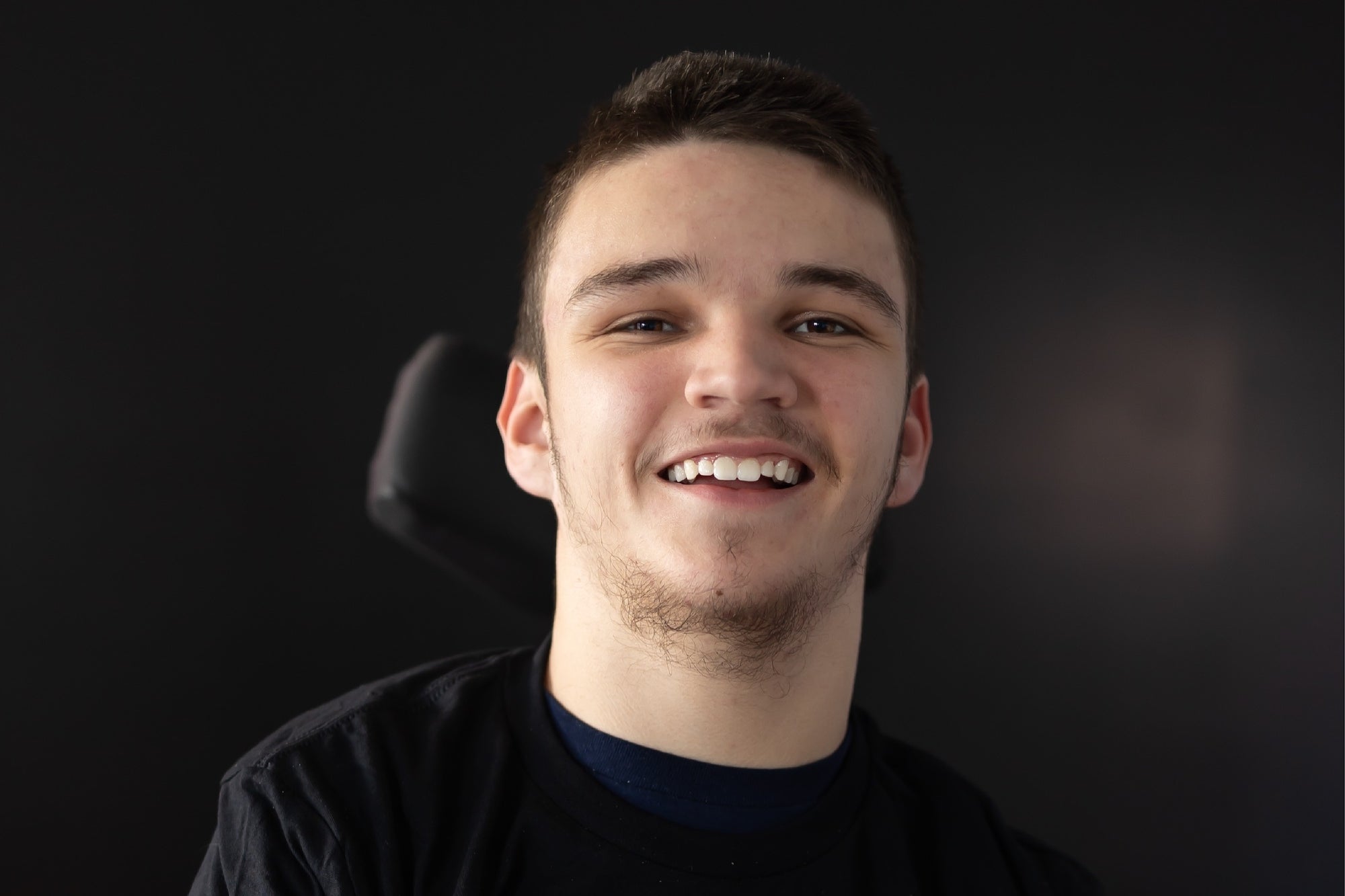Sorry, Goldfish: People's Attention Spans Aren't Shrinking, They're Evolving We're ignoring a lot of the torrent of information coming at us constantly, but we can focus just fine on what is important.
Opinions expressed by Entrepreneur contributors are their own.

For a few years now, a statistic has been floating around about people's average attention spans being shorter than that of a goldfish -- eight seconds vs. nine seconds, respectively. While there is some debate about whether goldfish really do have such short attention spans, the point is that many people believe that their attention spans are shrinking. But they're not. They're evolving.
It's certainly logical to believe our attention spans are in decline. With so much content coming at us constantly across multiple channels and devices, it's hard to focus on any one thing for any length of time. Here's something perplexing, though: While many of us struggle to pay attention during a one-hour business meeting, we have no trouble binge-watching a series on Netflix for six hours at a stretch. Why is that?
Turns out that the firehose of content we face each day is forcing us to become more selective about what we devote our attention to -- and new research from Prezi backs this up.
Related: Combating the Millennial Attention Span to Keep Your Team Engaged
Signs of improvement -- and even expansion
Prezi teamed up with strategic consulting firm Kelton Research to conduct a study to gauge the effectiveness of content and presentations and to better understand how they resonate with business professionals across demographics, including millennials, Generation X and baby boomers. The findings suggest that our ability to maintain our focus on content is actually improving over time as we become more selective about the content we choose to devote our attention to.
The research, presented in detail in Prezi's 2018 State of Attention Report, found that well over half -- 59 percent -- of business professionals feel they can give a piece of content their undivided attention more so today than they could just one year ago. Also, nearly half (49 percent) of respondents said they are more selective about the content they consume now compared to one year ago.
The State of Attention study also found evidence that attention spans are not only intact across generations, but also expanding in younger generations. That's important information for businesses: Many organizations struggle to communicate effectively with, and develop engaging content for, all groups in their multigenerational workforce -- but that's especially true with millennials. And millennials, according to Pew Research Center, are the largest generation in the workforce as of 2017.
Related: The Myth of the 8-Second Attention Span
The keys to engagement: great stories and highly compelling visuals
Catering to this choosier, modern-day attention span is difficult, but not impossible. But what defines "winning" content that commands a person's undivided attention today? Based on findings in the State of Attention report, it's content that features a compelling narrative combined with stimulating visuals and dialogue.
More than half (55 percent) of all business professionals surveyed for the study said a great story captures their focus and keeps them engaged with the content. One-third (33 percent) of respondents report that visual stimulation is critical to maintaining their attention.
The high expectations today's professionals have for the content they consume apply to sales and other business presentations, too. Nine in 10 respondents to the State of Attention study said either a strong narrative or the story behind the presentation is critical to maintaining audience engagement. And, more than three-quarters (79 percent) of professionals surveyed find the use of animated visuals in presentations effective at keeping audiences focused.
However, other data from the study suggests that many presenters are falling short with their storytelling: Four in five business professionals -- across demographics -- said they shifted their focus away from the speaker in the most recent presentation they watched. More than half of the respondents attributed their disengagement to instances where a story either lacked substance or did not challenge them mentally.
These findings underscore why it's so important for businesses to undergo a storytelling evolution. This process involves two important shifts: First, to embrace conversational presenting. This approach allows the presenter to create a dialogue with their audience, and with the right technology, to move through a presentation seamlessly and get to the content that interests them most. The second is visual storytelling -- incorporating compelling visual elements like infographics to bring data to life in presentations so that people won't ignore it (or the presenter).
Related: Why Short-Form Video Needs to Be Part of Your Content Strategy
The distracted workforce: A major risk for the bottom line
Conversational presenting and visual storytelling are the foundational elements for a fast-emerging concept in business communication called conversational storytelling. It's a nonlinear, highly visual and narrative-based approach to presenting information. It's the next frontier of communication, actually, and businesses need to prepare for it now. But as they do, they shouldn't be thinking only of how to improve sales and other external-facing presentations. Content for their workforce needs to become more engaging, too.
A distracted workforce can have a negative impact on a business's bottom line. If employees aren't fully engaged by content that is critical to doing their jobs well, their overall productivity and performance will suffer. That, in turn, could undermine business innovation and profitability. And the State of Attention study shows that today's workers are definitely distracted: Ninety-five percent of all business professionals surveyed say they multitask during meetings.
Many people consider being a multitasker a badge of honor — and many businesses specifically seek multitaskers when hiring. But there are clear downsides to trying to split your attention across too many things at once. On-the-job mistakes are a big one. In fact, one in five business professionals admits that multitasking in meetings has caused them to make an error in their work. One in three multitaskers reports that they lose track of or have trouble retaining the information that is discussed in a meeting.
Multitasking millennials seem to struggle the most with distraction, compared to business professionals from other generational groups in the workforce. The State of Attention study found that more millennial professionals have had to watch, read or listen to something again due to dividing their focus between two pieces of content. Also, they have difficulty retaining the material they consumed when they attempted to split their attention across multiple pieces of content. And 90 percent of millennials surveyed said that, during the most recent presentation or sales pitch that they saw live, they shifted their focus away from the speaker.
Millennials can help drive the business storytelling evolution
The study's findings on millennials' "distracted state" at work are especially important for businesses to be aware of, and to take action on. As noted earlier, millennials are already the largest generation present in the workforce -- they are your new leadership, your customers, your partners.
That said, millennials are uniquely positioned to help their organizations evolve their approach to storytelling because they are easily distracted. Millennials already inherently understand how storytelling and presenting in business need to evolve. Visual storytelling is a driving force in their lives, and has been since they entered the world. Many millennials don't even remember a time without the internet, and are downright conditioned to use visually intensive social media apps like Instagram and Snapchat as their go-to communication tools.
So, it's no surprise that millennials' tolerance level for boring, static content is more pronounced than older generations' in the workforce. More than one-third of millennial business professionals surveyed for the study say they only engage with content that they feel has a great story or theme. Finally, millennials, more than any other age demographic say animated visuals are effective at keeping them engaged.
Businesses should look to millennials to help them create content that reflects the way people, both by choice and necessity, consume information today. Millennials, especially those in leadership roles, should also recognize that they have a unique opportunity to help their organizations move in the right direction with their storytelling. They can help spark and push this critical evolution forward -- and they should step up to do both.
By using more effective storytelling to create an engaged workforce, and reduce the risk of fostering a distracted one, businesses can also solve another important business problem: bridging communication gaps with all the different generations in their workforce. Research for the State of Attention study shows that Gen Xers and baby boomers also face attention and retention issues due to being overwhelmed by content -- or underwhelmed by a live presentation. So, the reality is that all business professionals, regardless of their generation, can benefit from viewing content that is more compelling.
As for that goldfish stat? Flush it. Our undivided attention can be captured for long periods of time, provided that content creators and presenters use the right bait: relevant, engaging content that features great stories and highly compelling visuals. And the sooner businesses start creating content that's suited to the way today's audiences prefer to consume it, the better their chances will be of growing alongside these shifts in behavior. Their long-term survival truly hinges on their ability to evolve their content in tandem with people's evolving attention spans.










